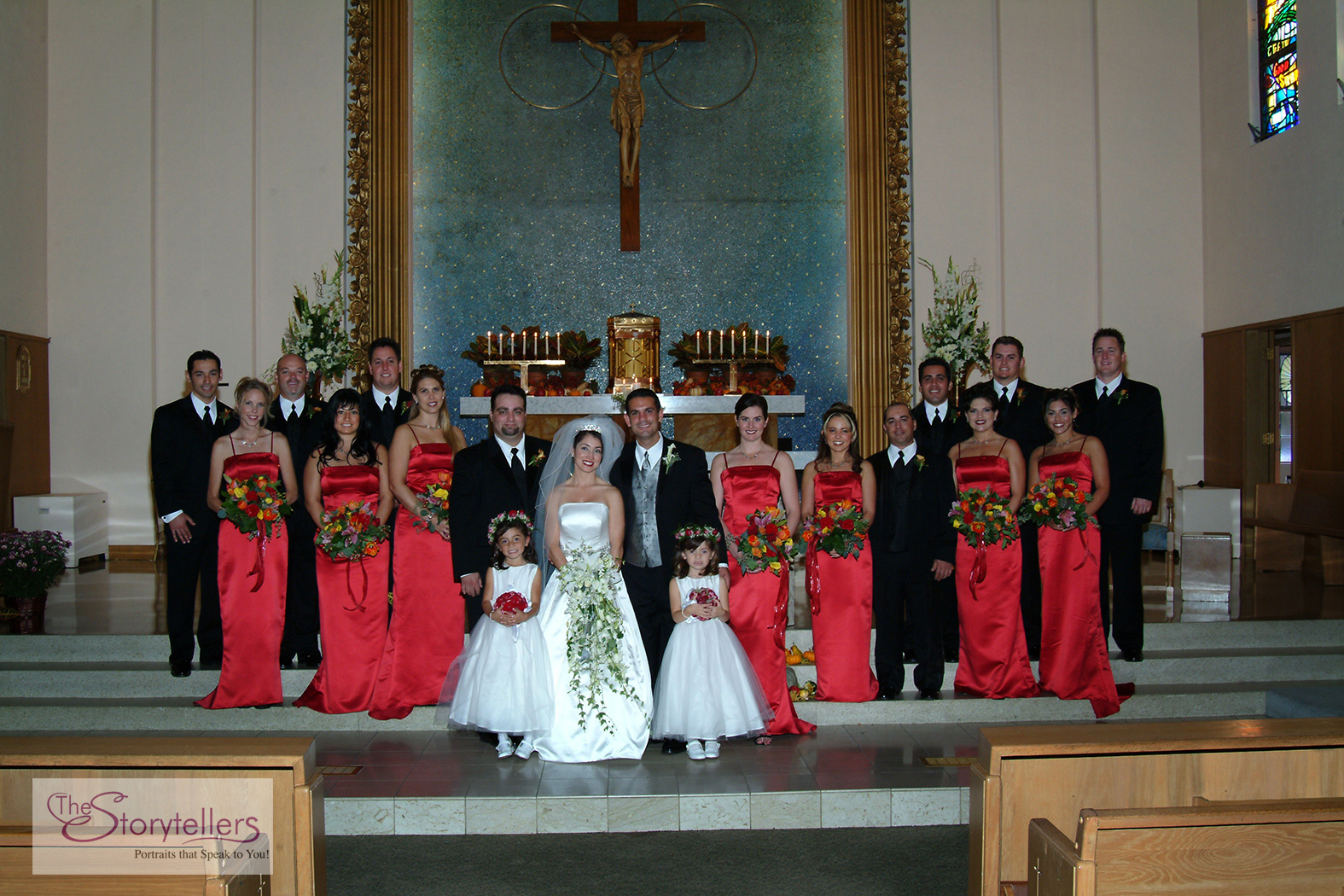Leonardo da Vinci wrote:
"The artist who avoids the shadows may be said to avoid the glory of the art."
This image shows THREE DIMENSIONAL studio lighting. In this image I have my main light at 90º--to her side on camera left--with no fill light of any kind, not even a reflector.
The lighting pattern I see the most on forums and on professional photographers' website is the Equi-Angle/Equi-Distance two light setup--that is the two lights each at a 45º angle--and many times they won't even have a background or hair light!
The fundamental problem isn't that this lighting set-up exists--it's great on TWO DIMENSIONAL Things like a stamp collection or drawings and paintings. It's a COPY SET-UP! It's not for People or anything three dimensional!
This is what I'm calling lighting malpractice. It's basically a Two-Main-Light set-up. (Two lights of equal distance and angle.) I couldn't omit the very necessary background and hair lights--but this is basically a flat-art lighting set-up. This is not as flat as I am seeing out there, but you get the point (I had a really hard time doing this wrong.) Notice the double pops in the eyes as well.
Moving my Main Light back over to the Left and omitting the other main light or any fill light at all--there's only a soft white reflector on the right--we now have three-dimensional lighting again.
In order to command a premium price for your portraiture it must look different that the chain store "picture places" in the mall. If you are lighting people no differently than the passport pictures offered by the Post Office for $20 why should your clients pay YOU more? So, let's not photograph our clients like they're a stamp collection. Give them depth and create dimension by sculpting with your lights not flooding your subjects with light.
As usual should you have questions please don't hesitate to ask…
Author; Jerry W. Venz, Certified, Master Photographer
Training site: http://www.LightAtTheEdge.com













